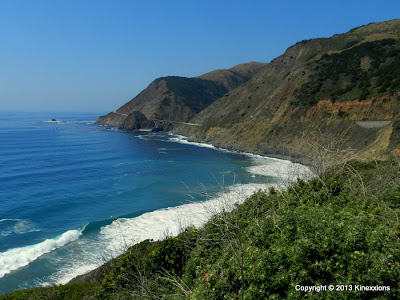1. When a company changes the name of a database, do you add a new source using the new name or just change the name of the existing source?
- Ancestry.com has recently changed the name of the "U.S., Social Security Death Index" to "U.S., Social Security Death Index, 1935-Current" but can be found at the same URL http://ssdi.rootsweb.ancestry.com/
- In July 2012, the FamilySearch "Ohio, County Marriages 1790-1950" database was changed to "Ohio, County Marriages, 1789-1994" but can be found at the same URL https://www.familysearch.org/search/collection/1614804
In both of these cases I don't think there was any change to the database other than the (ongoing) addition of new records. I'm fairly certain that the "Ohio, County Marriages 1790-1950" database contained images when it was first published.2. How about when a database no longer exists on one site but is available on multiple other sites, such as the Social Security Death Index?
The SSDI is no longer available at RootsWeb, but I have about 900 individuals in my genealogy program with citations to that database. Do I still cite them as a RootsWeb source since that is where I got the data from? http://ssdi.rootsweb.ancestry.com/ Or, do I cite one of the other sites?3. What about when a website changes hosting services and the URL changes?
Do you simply update the master source with the new URL? Do you reference the "old" URL in comments about the source?4. Or, similar to #3, if a volunteer provides data to one website then, for whatever reason, moves that data to another site... several times over a period of three years?
Do you create a new master source each time the URL changes? Do you cite the most recent location of the data or the URL at the time you obtained the data? Do you document all of the URL changes?5. What if you got information from a website a few years ago and that website no longer exists and the data can't be located elsewhere?
Do you still include the URL of the website in your citation? Do you even used the information?Is there a "standard procedure" for these kinds of cases? All ideas, suggestions, or comments would be greatly appreciated.
Published under a Creative Commons License.
Becky Wiseman, "Questions... I have Questions!," Kinexxions, posted June 21, 2013 (http://kinexxions.blogspot.com/2013/06/questions-i-have-questions.html : accessed [access date])


















































